- Get link
- X
- Other Apps
Its often found on edibles such as. White mold also known as sclerotinia is a fungal disease that affects over 360 different plants including beans peas lettuce and members of the cabbage family.
 Sclerotinia Sclerotiorum Wikipedia
Sclerotinia Sclerotiorum Wikipedia
Sclerotia allow the fungus to survive in the soil and plant debris for 5 or more years.

White mold on plants. The fungus spores generally attach to a young leaf where it. Andrew Gaumond horticulturist botanist and director of content at Petal Republic explains that white mold is relatively harmless to the overall health of the plant while fungal mycelia can be a real issue Although fuzzy white mold on its soil may not hurt your. In the outdoor white mold is a common name of Sclerotinia sclerotiorum a type of parasitic fungi that attack plants.
A full day outside is great a couple is even better as long as you bring it indoors at night if the temperature. Mix 23 US tbsp 3044 mL of white or apple cider vinegar into 1 US gal 38 L of water. The white mold of indoor plants is a disease caused by the Sclerotinia sclerotiorum fungus being widespread throughout the world.
The white mold fungus forms hard black resting structures called sclerotia. Symptoms of white mold. Pour the solution into a clean empty spray bottle.
However fungus grows in waterlogged soil and waterlogged soil can harm the plant. Infections in outdoor cultivation are fairly common incidences during indoor and greenhouse are rare. Do not use more than the listed amount of vinegar.
The spores quickly grow on the plant leaves and stems to form a white fuzz thats also called powdery mildew. When soil is excessively damp it can cause a plant disease called root rot. White fuzzy mold also known as powdery mildew is caused by the airborne spores of fungus.
It is a serious problem for your plant so you should make sure you identify it as soon as possible. Find out in this article 6 methods to prevent and remove white mold on roots. What is white mold.
White mold that grows on plants or vegetation is referred to as Sclerotinia. House plants are also affected with white mold due to the conditions they are grown. White mold on plants looks like a fuzzy substance that is the result of fungus spores.
Water-stained spots will appear at the root even though the remaining part of the. These structures are about the size of a broken pencil tip. Will Moldy Soil Harm My Plant.
Over time plant death occurs. Knowing how to treat and care for your plants properly can keep them healthy and increase their lifespan. Mold on soil may or may not harm your plant.
White mold is sometimes called timber rot when it affects tomatoes. In spring and summer when temperatures are cool 51 to 68 F and the soil is moist sclerotia produce a few tiny mushrooms. White mold called Sclerotinia sclerotiorum is a common fungus that infects more than 350 species of plants.
White mold on plants and plant soil. Black hard pencil size structures on diseased plant parts. A wide assortment of insects and diseases including white mold find Cannabis sativa to be a suitable host.
White mold which is otherwise known as sclerotinia is the fungal disease affecting over 360 different plants such as beans lettuce peas as well as brassicas which are members of the cabbage family. Removing white mold. This white fuzzy mold can affect indoor and outdoor plants especially when growing conditions are warm damp and humid.
Many common edible and ornamental garden plants are affected including apples blackcurrants gooseberries grapes crucifers courgettes marrows cucumbers peas grasses the powdery mildew fungi are major pathogens of cereal crops Acanthus delphiniums phlox many ornamentals in the daisy family Lonicera honeysuckle rhododendrons and azaleas roses and Quercus robur English oak. Before trying anything else take the plant outside and let it sit where it can bask in natural sunlight and gets plenty of air movement. White Mold on Plants.
If you notice white fuzzy mold on your indoor plants its best if you get rid of it as quickly as you can even though it is likely harmless. White mold is most prevalent in warm moist conditions especially when plants are overcrowded and have not been rotated. This develops into sclerotia.
White mold can appear on various parts of the plants such as leaves stalks pods or blossoms. There are several signs of mold growing on plants. Root rot can be lethal and it can kill a plant in less than two weeks.
White mold is a disease caused by the pathogen Sclerotinia sp. It depends on the type youre dealing with. This mold has been known to attack more than 360 species of plants including vegetables and garden flowers.
A recurring series focusing on plant cultivation by university researchers. No the fungus that grows on plant soil will not harm the plant. The symptoms of white mold include leaf die off stem wilt and white fluffy growth on affected plant material.
Because mold spores can become airborne easily it is important to control the problem right away. Will the white mold harm my plant. Mold symptoms appear on blossoms stems.
 How To Treat Powdery Mildew On Plants
How To Treat Powdery Mildew On Plants
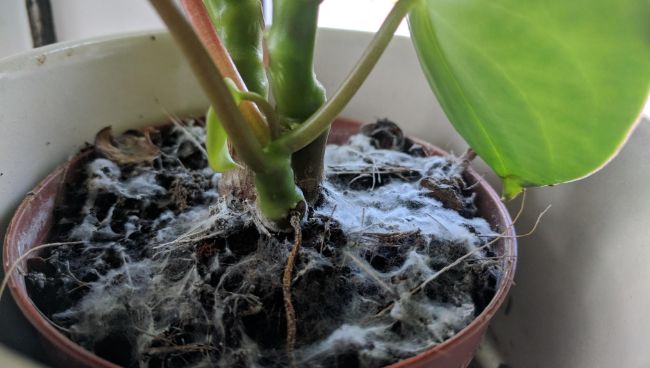 How To Get Rid Of Mold In Houseplant Soil Smart Garden Guide
How To Get Rid Of Mold In Houseplant Soil Smart Garden Guide
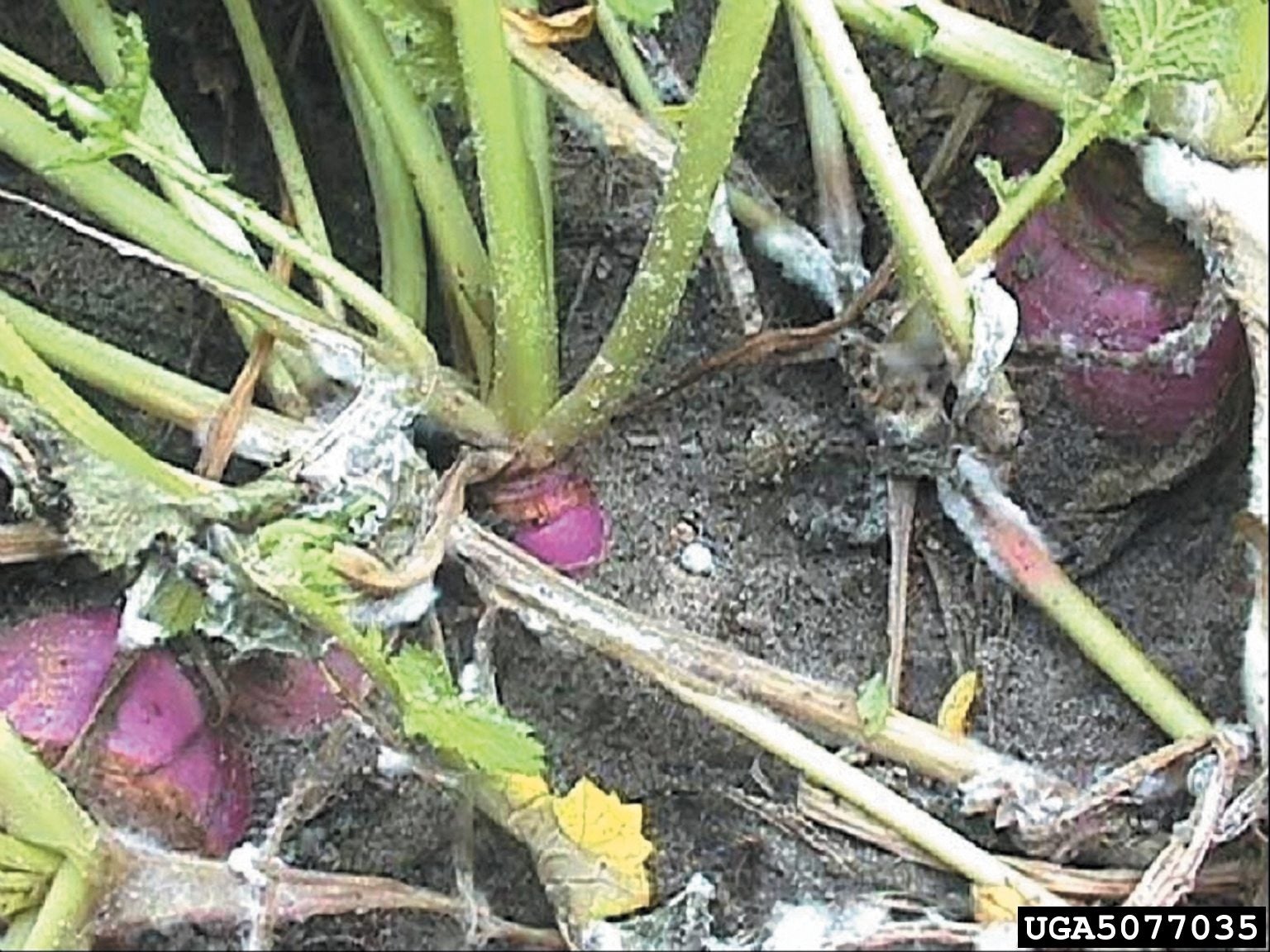 White Mold Information Recognizing Symptoms Of White Mold On Plants
White Mold Information Recognizing Symptoms Of White Mold On Plants
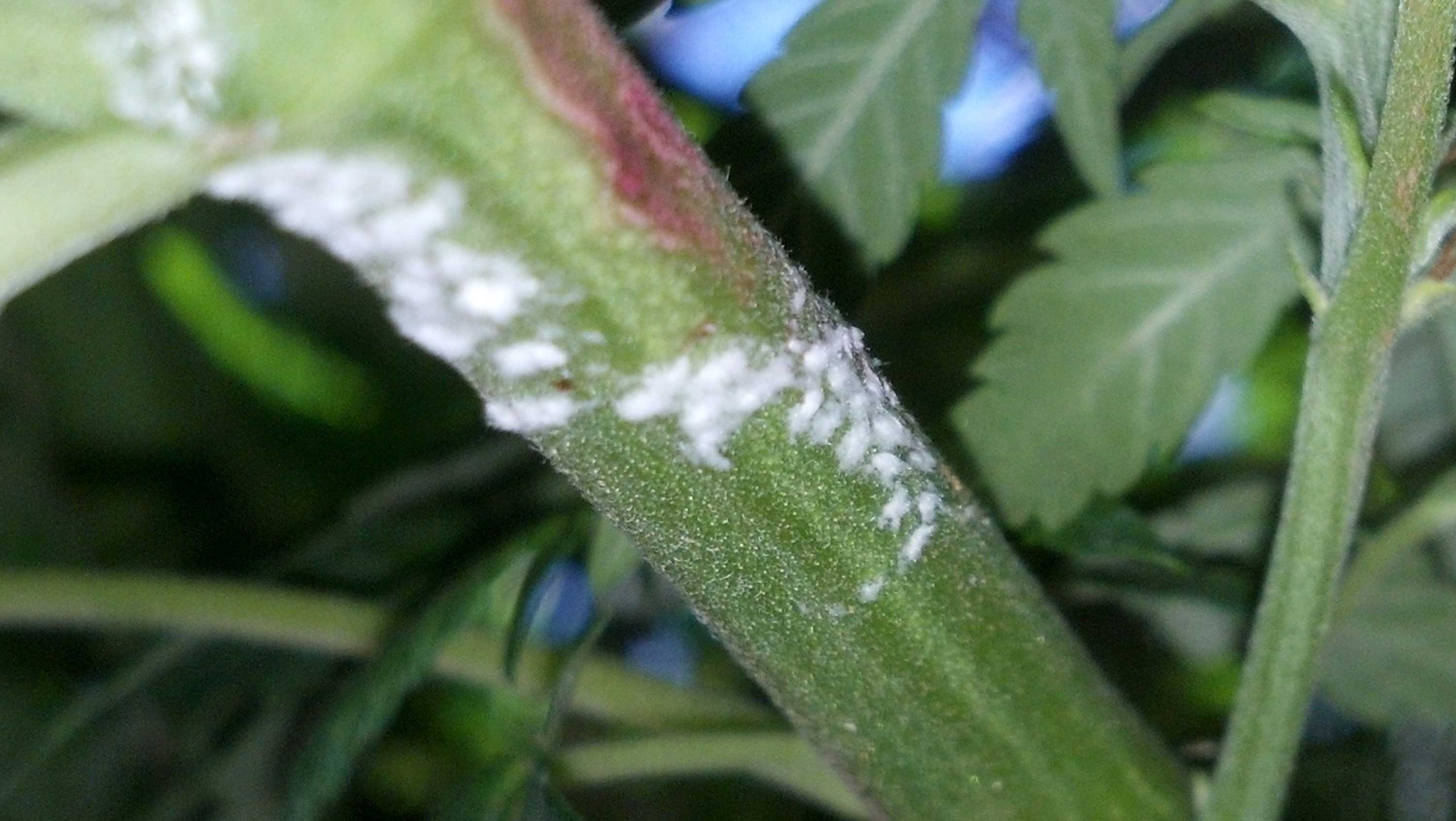 41 White Powder On Plants Lawand Biodigest
41 White Powder On Plants Lawand Biodigest
 How To Get Rid Of White Mold On Plants Ultimate Guide
How To Get Rid Of White Mold On Plants Ultimate Guide
 What Is This White Mold Infesting My Tomato Plants Gardening Landscaping Stack Exchange
What Is This White Mold Infesting My Tomato Plants Gardening Landscaping Stack Exchange
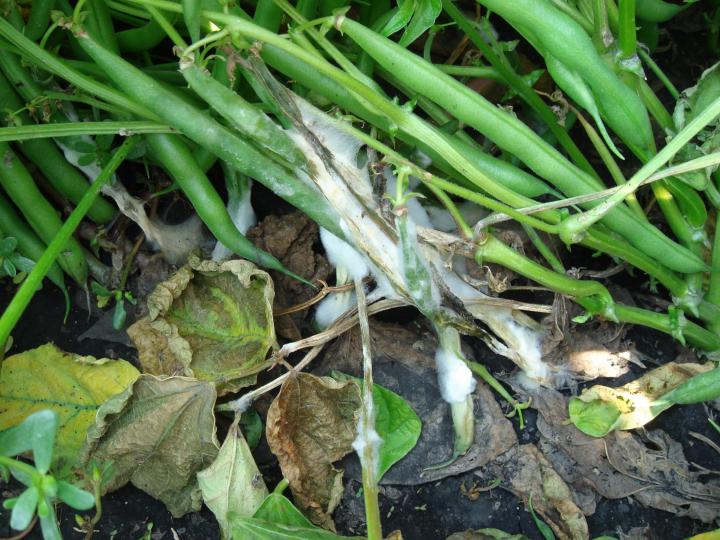 White Mold How To Identify Control And Prevent Garden Fungus Diseases The Old Farmer S Almanac
White Mold How To Identify Control And Prevent Garden Fungus Diseases The Old Farmer S Almanac
 Common Plant Diseases Treatments Plant Diseases Plant Pests House Plants
Common Plant Diseases Treatments Plant Diseases Plant Pests House Plants
 A Guide To Fungus And Houseplants Wallygro
A Guide To Fungus And Houseplants Wallygro
 White Mold How To Identify Control And Prevent Garden Fungus Diseases The Old Farmer S Almanac
White Mold How To Identify Control And Prevent Garden Fungus Diseases The Old Farmer S Almanac
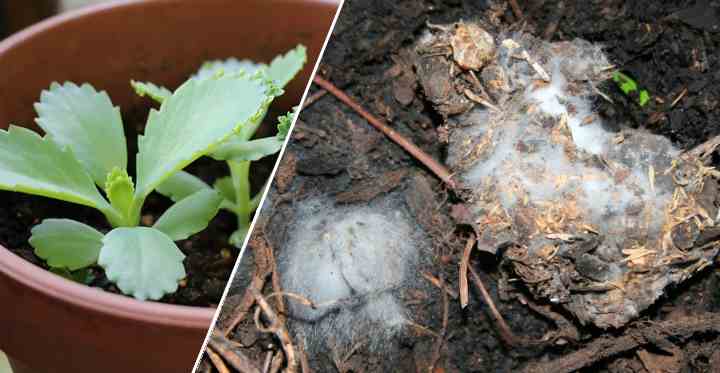 Mold On Plant Soil How To Get Rid Of Mold On Houseplant Soil
Mold On Plant Soil How To Get Rid Of Mold On Houseplant Soil
 Indoor Powdery Mildew Control Fix Powdery Mildew On Houseplants
Indoor Powdery Mildew Control Fix Powdery Mildew On Houseplants
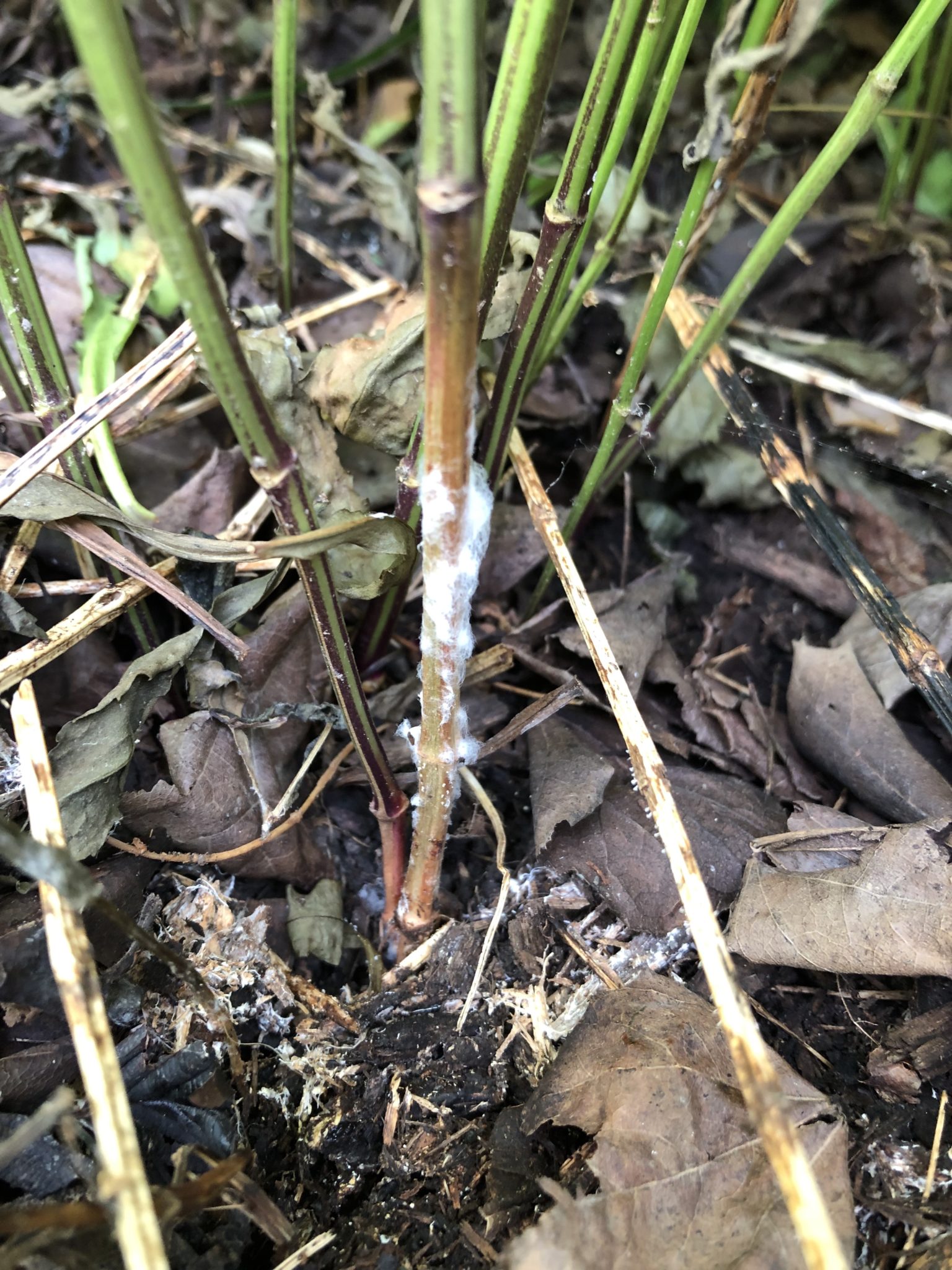 White Mold Purdue Landscape Report
White Mold Purdue Landscape Report
 Houseplant Mold Identify Remove And Prevent Unwanted Mold On Indoor Plants Herbs At Home
Houseplant Mold Identify Remove And Prevent Unwanted Mold On Indoor Plants Herbs At Home
Comments
Post a Comment